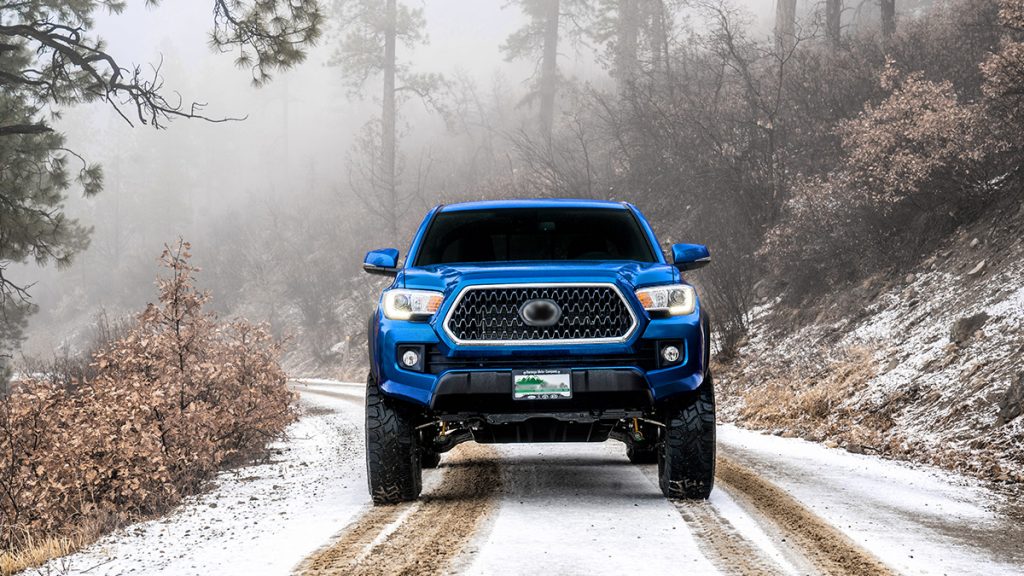Engine technology constantly evolves as engineers work to deliver more power, efficiency and emissions control. This relentless innovation improves vehicle performance, but places new challenges on engine components that operate under increasingly demanding conditions.
Hydraulic lifters are a prime example. They play a crucial role in ensuring optimal engine performance and efficiency. And, as they become more sophisticated, the task of motor oil to safeguard them against wear and failure becomes more challenging.
Hydraulic Lifters
The two primary types of valve lifters are mechanical (or solid) and hydraulic. Mechanical lifters are solid metal components that transfer the camshaft’s motion to the pushrods. They require a small clearance, or lash, to account for the thermal expansion of engine components. This lash must be periodically adjusted to maintain engine performance and prevent excessive wear.
Hydraulic lifters, also known as hydraulic tappets, are designed to maintain zero valve clearance regardless of engine temperature. They ensure the timing of valve openings and closings is precise to optimize engine performance, fuel efficiency and emissions. Their design allows them to adapt to the thermal expansion of engine components to maintain consistent valve timing. This not only contributes to smoother engine operation, but extends the life of the engine by minimizing wear on valvetrain components.
Each hydraulic valve contains an internal piston that operates under the pressure of the engine’s oil-circulation system and a one-way check valve that traps oil inside, allowing them to act as a solid lifter during valve operation. As oil enters the lifter, it pushes the piston upward, automatically compensating for any changes in engine dimension due to thermal expansion. The lifter’s self-adjusting mechanism negates the need for periodic manual adjustments, a task that was once necessary with traditional mechanical lifters.
Mechanical lifters can handle higher rpm and provide more precise control over valve timing, making them the choice for performance and racing applications. On the other hand, nearly 100% of modern production vehicles are equipped with hydraulic lifters due to their quieter operation and lower maintenance demands.
Hydraulic lifters have seen significant improvements to meet the demands of modern engines that are increasingly lighter, more compact and more powerful. Manufacturers make them with materials that offer greater wear resistance and durability, allowing lifters to operate effectively even under the high-stress, high-heat conditions found close to the combustion chamber. Lifters have also been designed to be compatible with lower-viscosity oils.
